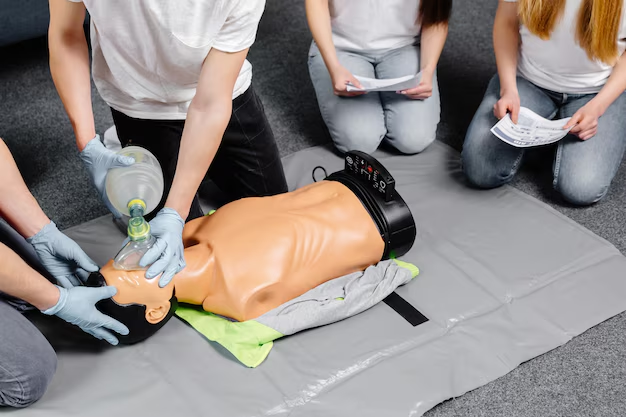How to Become a BLS Instructor: Essential Degrees and Certifications
Becoming a Basic Life Support (BLS) Instructor is a rewarding path for those passionate about teaching life-saving skills. This role typically requires expertise in delivering critical CPR and emergency care training. To embark on this journey, the American Heart Association (AHA) mandates that aspiring BLS instructors first obtain a BLS Provider certification. This foundational certification ensures that you are proficient in the skills you will later teach. After securing this prerequisite, candidates must complete an AHA-accredited BLS Instructor course, which encompasses both theoretical learning and practical, in-person sessions for hands-on teaching practice. Some may choose to enhance their credentials with degrees in healthcare or education, although not strictly necessary, these degrees can bolster teaching acumen and open more opportunities.
Beyond these essential steps, maintaining certification through regular renewals and continuing education is vital. Staying current with the latest guidelines and training techniques ensures the highest quality instruction. Prospective instructors may also benefit from pursuing advanced healthcare certificates such as ACLS (Advanced Cardiovascular Life Support) or PALS (Pediatric Advanced Life Support), which can further broaden one's teaching scope and expertise. These paths not only refine one's instructional capabilities but also underscore a commitment to professional development, pivotal in the ever-evolving field of healthcare education.
Essential Path to Become a BLS Instructor:
- 📜 BLS Provider Certification: A prerequisite for all instructors.
- 🏫 BLS Instructor Course: Offered by AHA for in-depth training.
- 🎓 Advanced Degrees (Optional): Degrees in healthcare or education for enhanced teaching skills.
- 🏅 Advanced Certifications (Optional):
- ACLS: Advanced Cardiovascular Life Support
- PALS: Pediatric Advanced Life Support
- 🔄 Continuing Education: Necessary for staying updated and maintaining certification.
